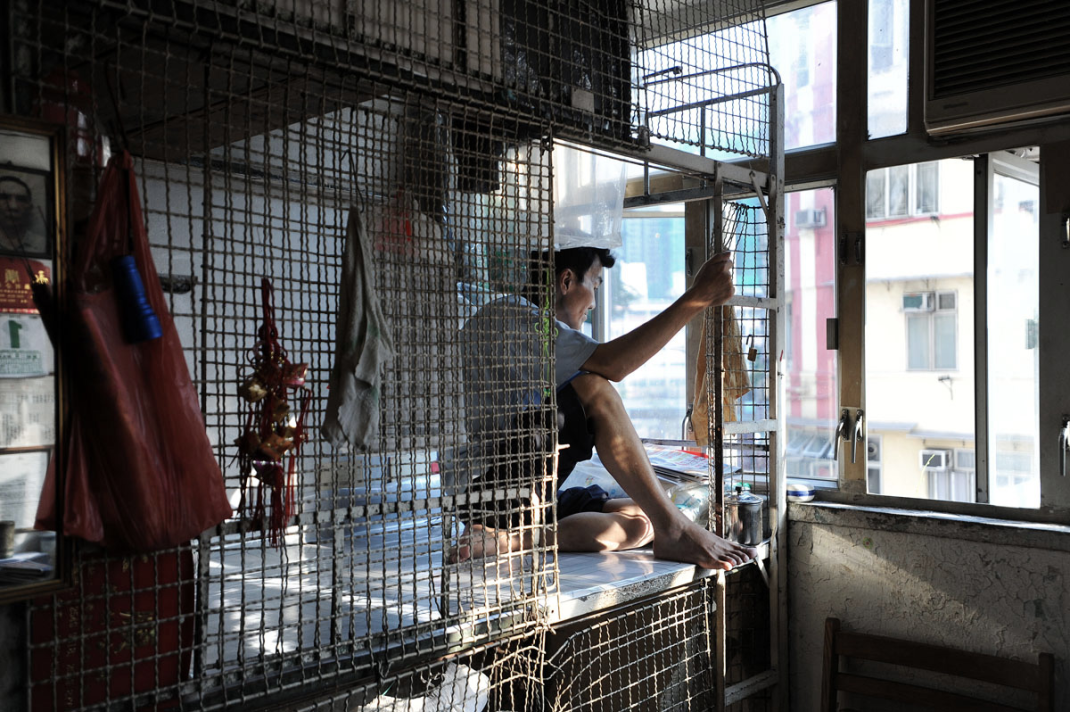Housing in Hong Kong Raises Concern
September 11, 2018
Hong Kong has been identified as one of the most affluent cities in Eastern Asia.
One would think that with such a prosperous reputation, no sort of obscenity would dare to emerge from said place. Despite this, Hong Kong has a rather critical situation occurring at this moment that is affecting the welfare of individuals residing in the city.
What is this heavily impactful occurence you might ask? Well, although Hong Kong is basking in its wealthy reputation, there are people subsisting in places in what many call “cage homes.”
When thinking about conventional homes, one would never think that hundreds upon thousands of individuals would be living in 16-square foot cages and paying a fee of $200 or more to live in such a place per month. To elaborate, these homes do not contain any home necessities and are the size of a compact parking space cubicle. Once everything is evaluated, it is understood that poverty and homelessness is why people have to pay to live in these conditions.
After a video on Facebook was released by a documentary series director Johnny Harris, showing everyone across the world what these living conditions consists of, a heavy load of retaliation from the public ignited several responses from owners of cage home dormitories.
An art hub located in Hong Kong called Wontonmeen, has a website with a homepage that reads, “Even starving artists need a place to rest their heads.” The website further discusses the importance of art and why having these cage homes is a great way of providing and supporting individuals who practice art regularly and are without a home.
An overwhelming amount of backlash came from the endorsement of all Hong Kong cage homes dormitories and now more people are becoming aware of these so called “homes.” With this in mind, the development of cage homes still remains a prominent source of shelter for people without a stable place to stay.
Prior to the controversy and the creation of these cage cubicles, several designers made efforts in developing units of shelter for the standard family or individual in desperate need of a house. Raymond Chan, the creator of Crevice Design, formulated the concept of cage homes in hopes of altering the way of living.
“We redesigned the well-known cage unit home, aiming to provide better living quality with a limited budget,” Chan said after telling the South China Morning Post about how cage homes could support people in the future.
Despite what designers and supporters of these cage homes may say about the positive impact that they will have on people who do not have homes and are unable to afford them, one must address the underlying issues that have led people to create such an unusual and rather concerning way of having to subsist.

A photo of the cage homes in Hong Kong.

